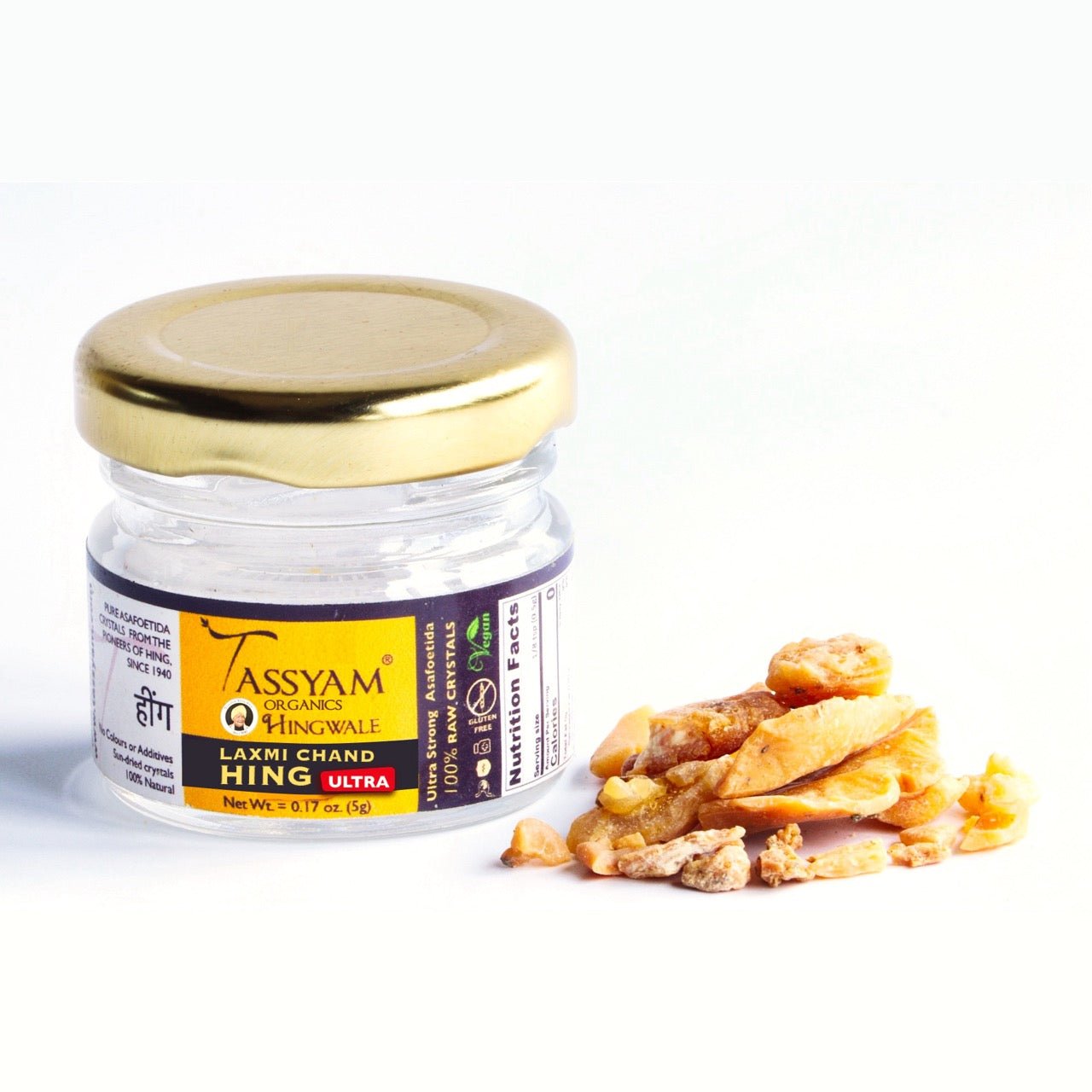
3 things you are probably doing wrong while making bread | Tassyam
Share

Sometimes you just look back and cannot help but wonder, what went wrong? Was it your fault? Or was it inevitable and not meant to work out?
Just so it is clear, I’m talking about bread here, and not the one who must not be named. Luckily with the former, you can do something about it.
So here is a list of 3 things which makes your bread go flat, stay undercooked, or turn into a doughy alien:
1.You killed the yeast!
Yes, it may sound sinister, but it is a fairly common thing to happen. It is usually the high temperature that kills the yeast. The optimal temperature for yeast to undergo fermentation is 28-33°C to create that lovely rise and no more than 36°C.
Now, when is it that you might be killing the yeast? One instance is when the recipe asks you to dissolve the yeast in a warm liquid to let it “bloom”. The other is that you might be proofing the dough. Chances are that the temperature is a little too high and you kill the yeast. So, the next time take it warm and slow. Your yeast will not only survive but thrive.
2. Kneading too much or too less?
Kneading of the dough is what decides the personality of your final bread. Will it be a star or will it be just… meh? Under kneading is when you do not work the dough enough and the gluten does not develop. Hence your bread turns into flat blob rather than a round dome when you proof it. On the other hand, when you knead it too much (which usually happens when you are kneading with a stand mixer or a food processor) the dough becomes too elastic, and once baked you get jaw workout instead of fluffy bread. An easy way to get the right amount of kneading is by doing a windowpane test. Gently stretch out a little dough by hand wide and flat. If it is thin enough to let light pass through it before breaking, voila c’est parfait.
3. Over or Under Proofed?
When it comes to proofing, two things make or break it! The proofing environment and the time duration. As for the proofing environment, it needs to be warm as well as moist. When it comes to the proofing time, there is no universal formula to it. It depends on your proofing conditions and the recipe you are using. A well-proofed dough when poked springs back up while still leaving a gentle indent!
So Happy Baking!

